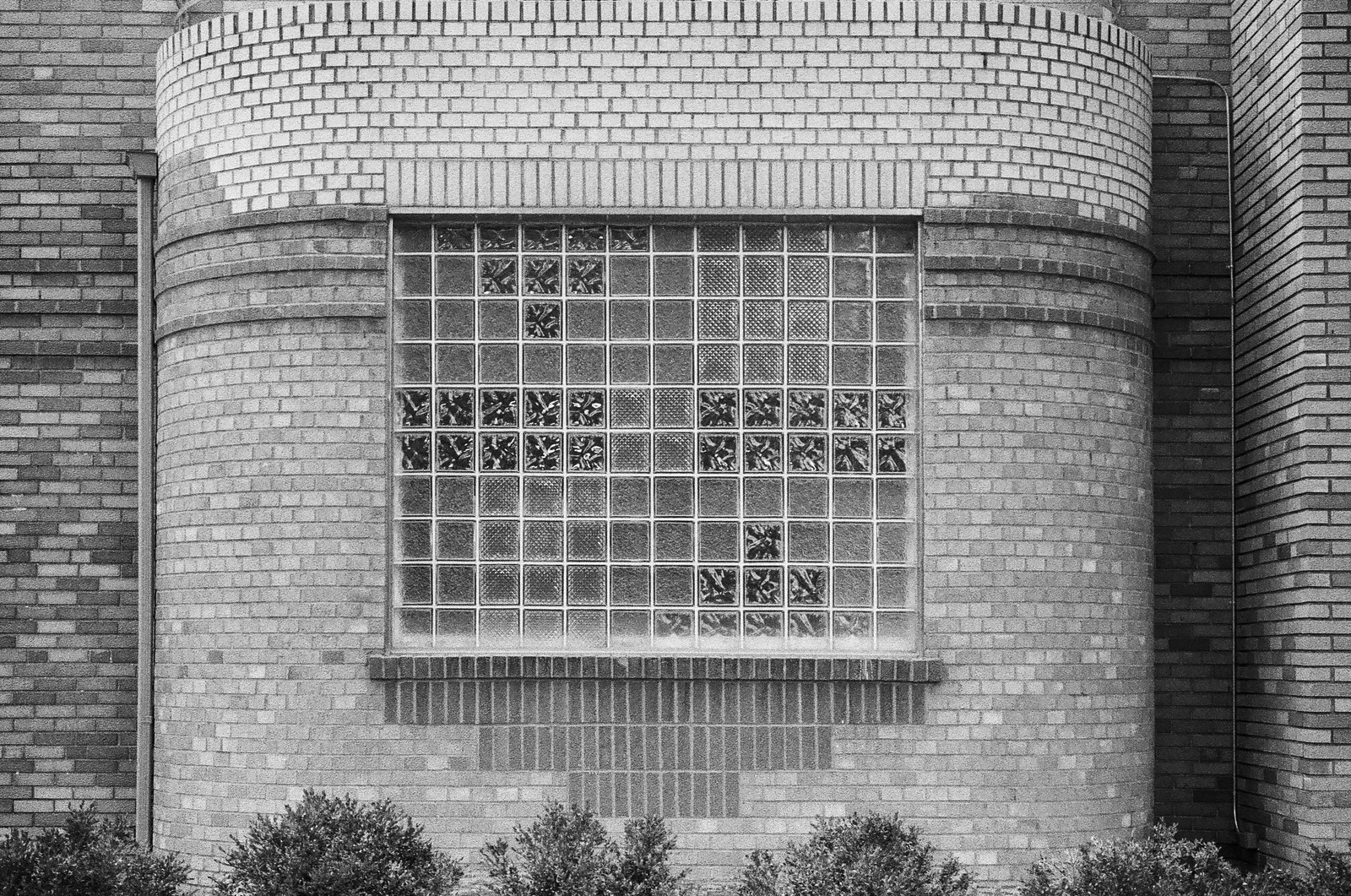The lens is big, very big. For some reason, I thought it was going to be similar in size to my Voigtlander 40mm F1.2, it is not. Yeah, I could have actually read measurements, looked at images of it on a camera on the internet but, I did none of those things, really.
In use, it is perfectly fine, manageable, a bit weighty but overall fine. I'm trying to get out and use it more because its a wonderful lens when I actually develop/scan images from it. It is just so large that unless I am physically carrying it, as when it is on a strap it tilts forward. Would I buy the lens again? Probably not. I would likely get the ultron, as it, most likely, is a bit smaller.





















